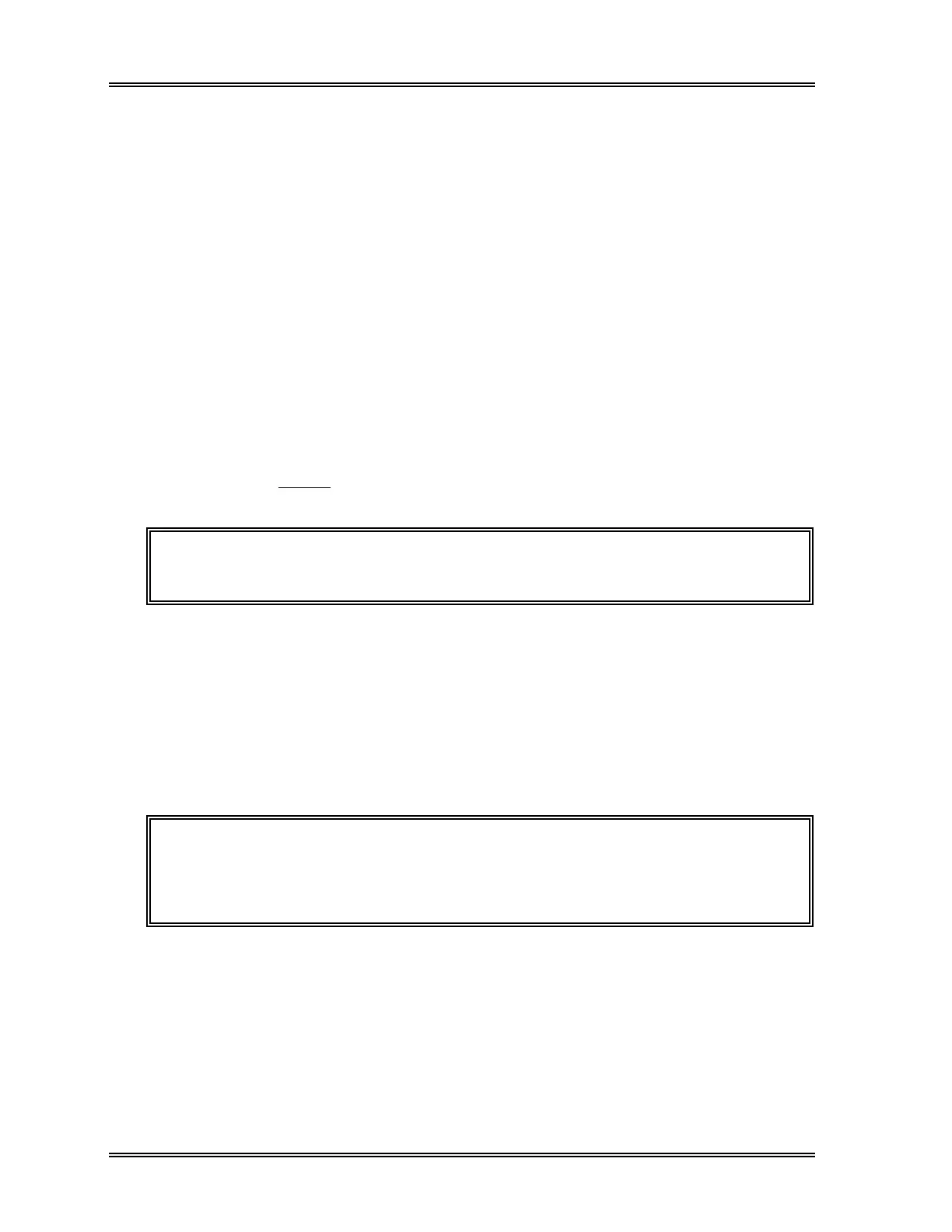CALIBRATION
7-2 Sysmex SF-3000 Operator's Manual --- Revised September 1995
1.2 Calibration Samples
Five to ten samples of fresh normal whole blood should be used for the calibration. The
samples should be analyzed within six hours of collection. Observe the following
recommendations when selecting blood for calibration purposes:
• The samples should be collected from persons who are not on medication.
• The samples should be morphologically and numerically normal by your laboratory
criteria.
• Lipemic, icteric, and hemolyzed specimens must be avoided.
• The anticoagulant should be of proper type and in proportion with the sample.
• The volume of whole blood per sample should be greater than 2 mL (smaller volumes
may indicate poor sample collection and increase the risk of hemolysis or have
incorrect anticoagulant proportions).
• Commercial control blood should not be used as a calibrator. It is intended for
quality control only.
NOTE: Do not use SF CHECK for calibration. SF CHECK was developed
especially as control blood and not for use in calibration.
1.3 Reference Values
Accurately measure the HGB concentration and the HCT value for each of the 5-10
whole blood samples prepared for calibration. These results will be the reference values
for the samples.
• HGB concentration : Cyanmethemoglobin Method
• HCT value : Microhematocrit Method
NOTE: • HGB reference value will be influenced by WBC count, diluent, lyse
reagent, HGB light source, temperature, etc.
• HCT reference value decrease significantly due to excessive
anticoagulant.
